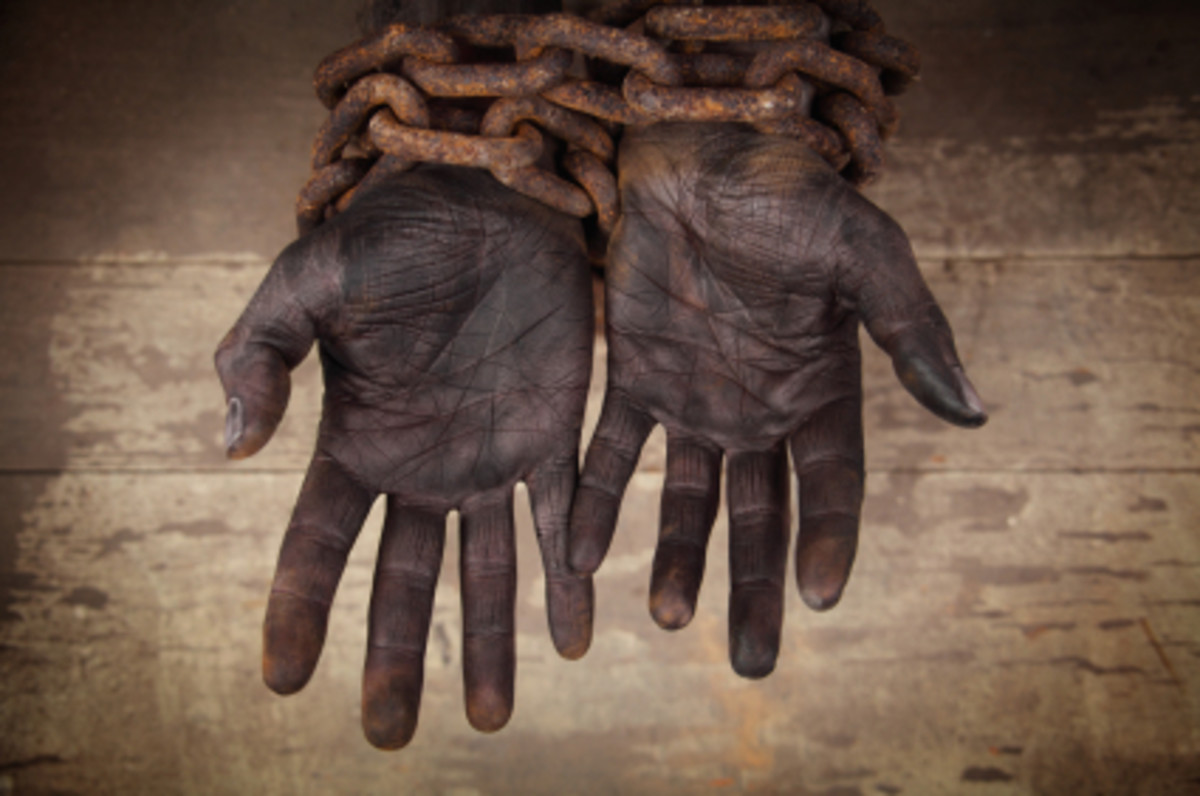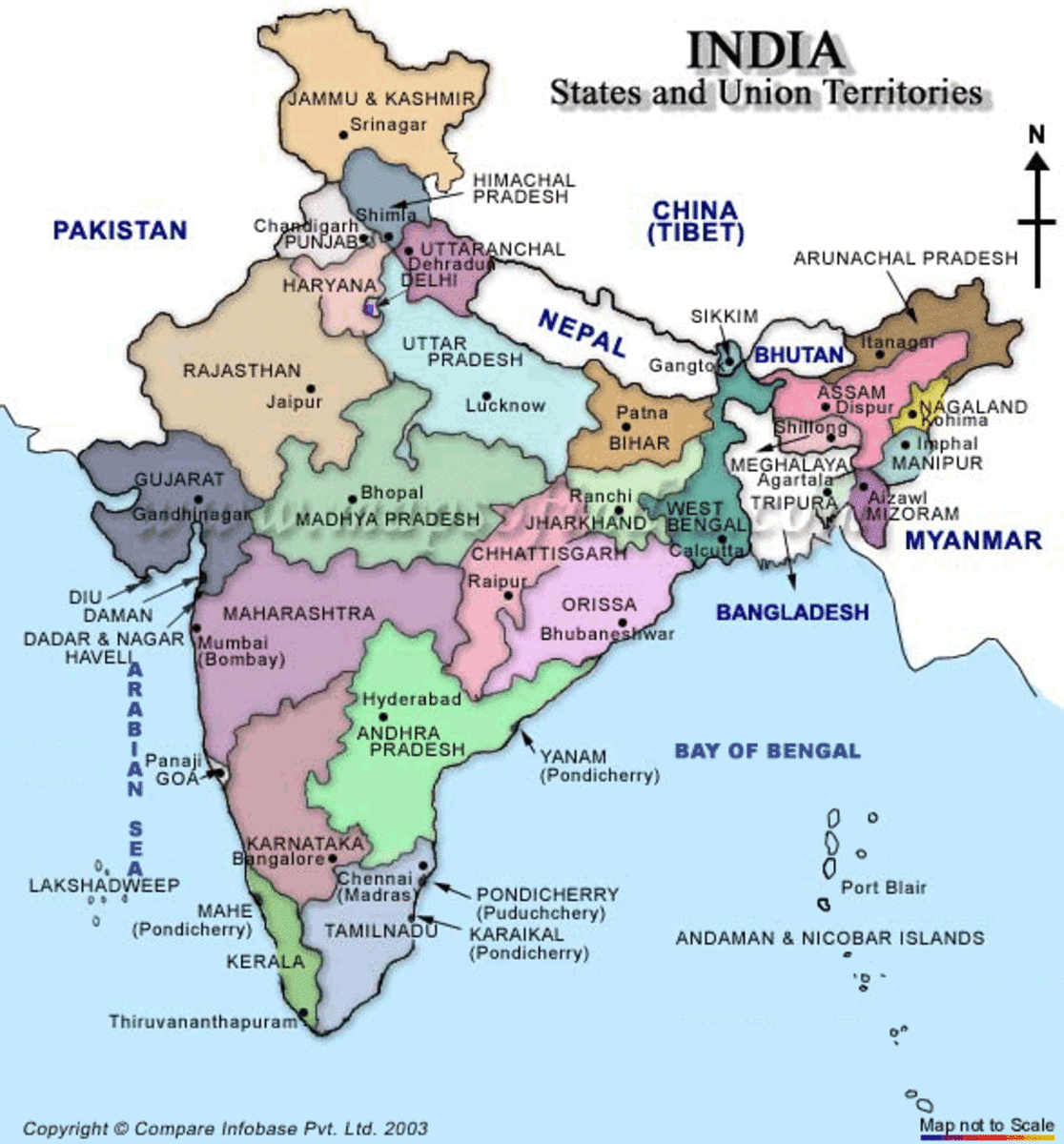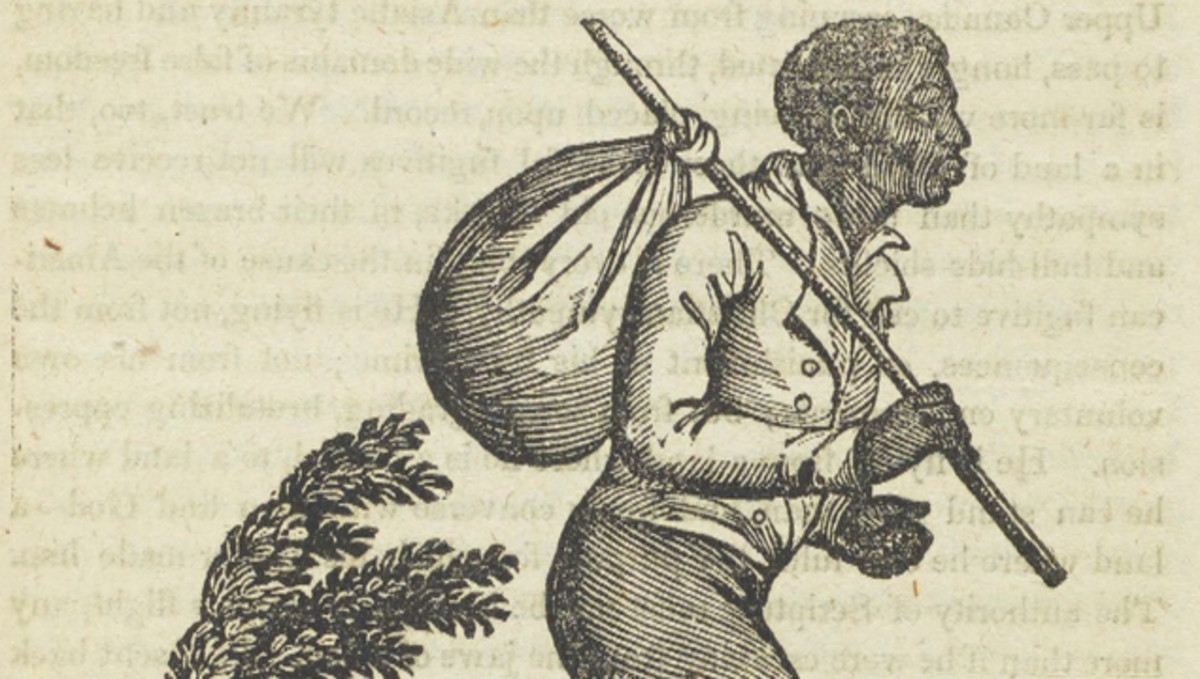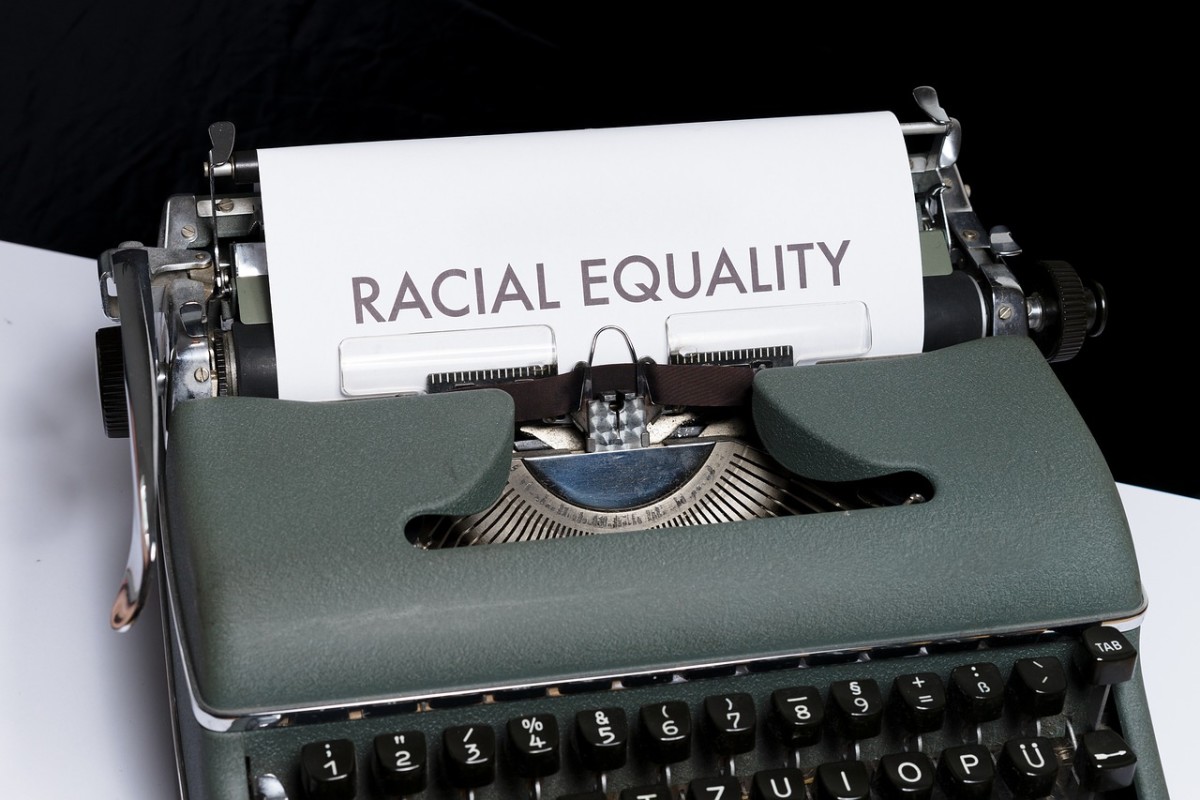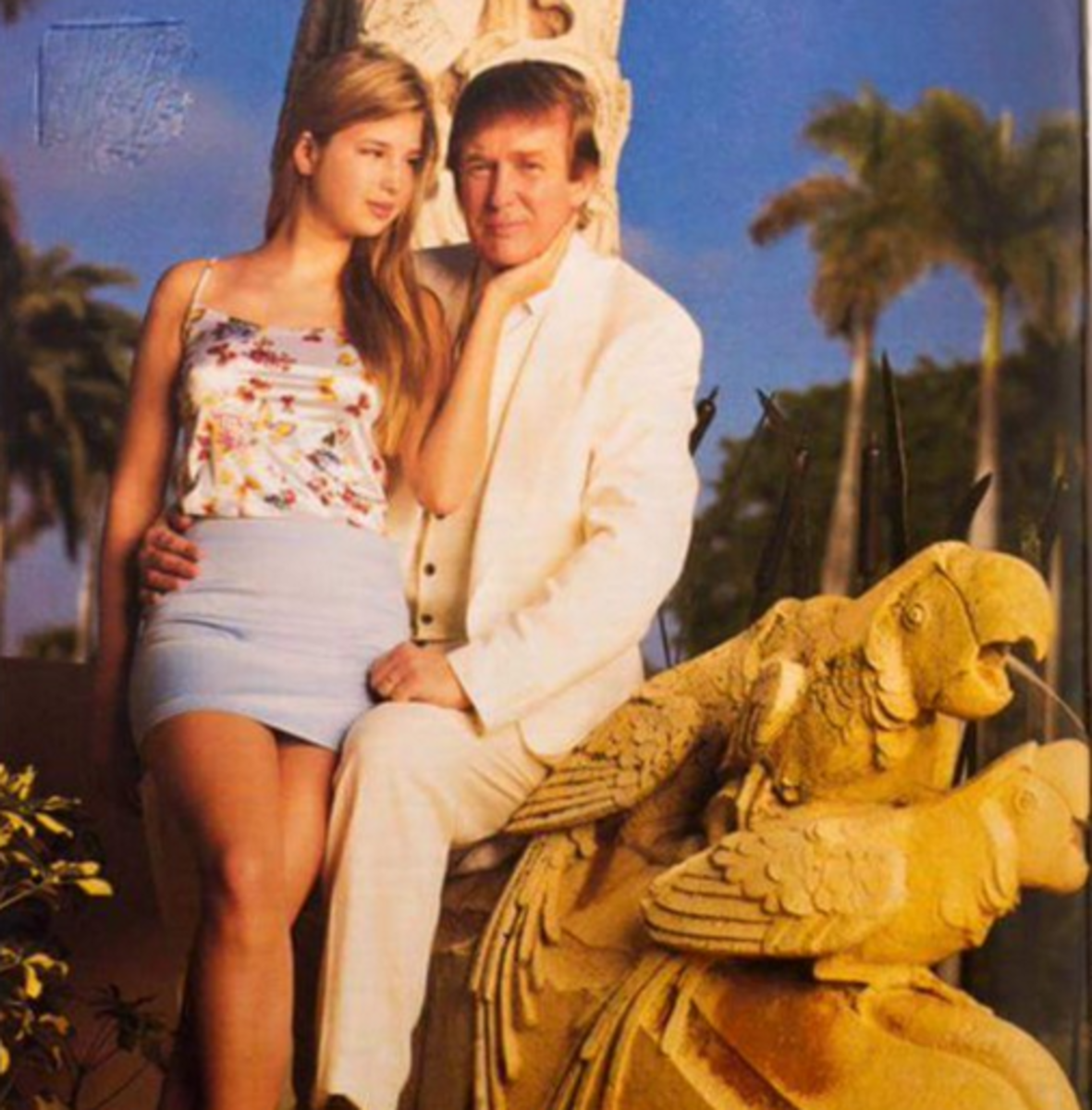Slavery in the United States View
Image
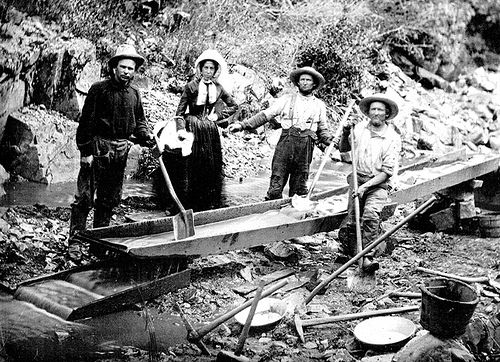
Image 2
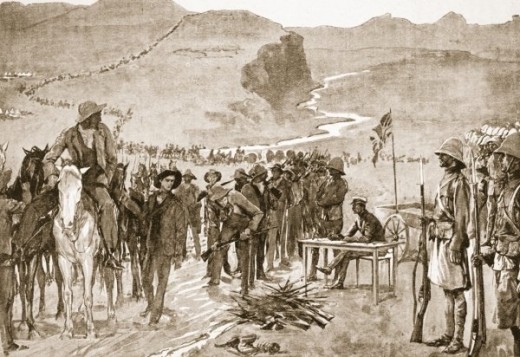
Slavery in the United States View
From 1861 to 1865, the northern states fought the southern states in the U.S. Civil War. One reason for the war was slavery. In the South, people could own other people. People who are owned by other people are called slaves. Slaves had to do what their owners told them to do. Slaves were not paid for their work. Most slaves in the United States came from Africa.
The Thirteenth and Fifteenth Amendments
On December 18, 1865, a new law, called the Thirteenth Amendment was added to the Constitution of the United States. The Constitution is the plan for the government and the laws of the United States. An amendment is a change. The Thirteenth Amendment to the Constitution ended slavery in the United States. On March 30, 1870, leaders in the Congress made another law, called the Fifteenth Amendment. It became part of the Constitution, too. The new amendment gave African American men the right to vote.
Unfair Rules
But many southern states made unfair rules to stop African American men from voting. Some southern states made people pay money to vote. Some states said that African American men needed to pass a reading test before voting. However, most African American men could not go to school, so they could not read. They had very little money, so they could not pay the states. These rules stopped many African American men from voting. After the Civil War ended in 1865, the United States went through a Reconstruction period. Reconstruction means that something is built again. Reconstruction lasted from 1865 until 1877. During this time, many laws changed to bring the country together again.
The Civil War
From 1861 to 1865, the northern states fought the southern states in the Civil War. The North was called the Union, and the South was called the Confederacy. The Civil War had many causes. The most important cause was slavery, or the idea that one person could own another person. When the United States began in the late 1700s, all the states allowed slavery. However, the northern states soon made slavery against the law. This meant that slavery was not allowed in the North. The southern states still let people own slaves. I In 1861, the southern states said that they did not want to be part of the United States of America. This disagreement between the North and the South led to war. After the northern states won the war in 1865, the Union needed to make the southern states part of the country again. In 1863, President Abraham Lincoln had a plan for Reconstruction. This plan was called Lincoln's Ten Percent Plan. President Lincoln said that southern states could join the United States again when the southern states changed their laws and ended slavery. Also, ten percent of the white male voters in each state had to follow the laws of the Union. Many people in the North thought that the plan needed to be stronger. Lincoln agreed to change it. However, he died before he changed the plan. Andrew Johnson, Lincoln's Vice President, became President when Lincoln died. Johnson made many people in the North very angry. He let leaders of the Confederacy become part of the new governments in the southern states.
The End of Slavery
On December 18, 1865, the Thirteenth Amendment, a new law, was added to the United States Constitution. The Constitution is the plan for the government and the laws of the United States. An amendment is a change or addition. The Thirteenth Amendment ended slavery in the United States. The slaves were free. In 1870, the Fifteenth Amendment became part of the U.S. Constitution. The new amendment said that African American men could vote.
The Black Codes
After the Civil War ended, slaves became free. African American men could vote. These changes made many people in the southern states unhappy. The new leaders of the government in some southern states created new rules, called the Black Codes. The Black Codes tried to make life a lot like it was before the war, when slavery was legal. The Black Codes forced African Americans to work hard for little or no pay. African Americans were still treated like slaves. The white people they worked for, and
the leaders (like judges and police), still had a lot of power over African Americans. The Black Codes also made it difficult for African Americans to buy land. Help for African-Americans Life was difficult for free slaves in the South after slavery ended. However, they did have some help. In March 1865, the U.S. government created the Freedmen's Bureau. This group helped African Americans create their own schools and find jobs. It also helped them when they were being treated badly. By 1877, African Americans were part of many state governments. Seventeen African Americans were part of Congress, the leaders who make the laws for the United States. Life in the South, after the Civil War, life in the South changed for both white people and African American people. During the war, a lot of the fighting happened in the South. Many southern plantations, or large farms, were destroyed. After the war, it was difficult for people in the South to make money. Many southern men died during the Civil War. Women were left alone to take care of the plantations. Some of these women were unable to do the work themselves. The ones that had been wealthy had never learned to do this kind of work. After the war, southern women often had to pay people who were once their slaves to do work for them. It took many years for the South to recover, or get better, after the Civil War. Laws that separate or divide people because of their skin color are called segregation. People in the United States argued a lot about segregation. In 1896, the U.S. Supreme Court said that segregation laws were fair if everything was "separate but equal." This means that whites and African Americans were segregated, but that they were supposed to get the same things. Later, people decided that segregation is not fair at all. The Supreme Court, People go to court when they have a disagreement about the law. Judges-the people in charge of courts-decide who is right and who is wrong. The Supreme Court is the highest court in the United States, so all the states in the country must follow what the Supreme Court decides. The Supreme Court's most important job is to make sure that all laws follow the Constitution of the United States. The Constitution explains the rules of the U.S. government, and is the supreme, or highest, set of laws of the country. For over 250 years, many African Americans living in the United States were slaves. They were owned by white people, and they had no rights or freedoms. In 1865, after the Civil War, it was against the law to own slaves in America. The Civil War was a war between the northern and southern states. Although slavery was illegal, African Americans still did not have the same rights as white Americans. African Americans were not free to do the same things as whites. Many southern states passed laws saying that African Americans and whites could not be together. They had to eat in their own separate restaurants, use their own bathrooms, and go to their own schools. This was called segregation.
The Separate Car Act and Homer Plessy: In 1890, Louisiana made a law saying that trains had to provide "separate but equal" seats for African Americans and whites. That meant that African Americans and white people could not sit together. They had to sit in separate cars on the train. It also meant that the part of the train for white people could not be better than the part for African American people. People who broke this law had to pay $25 or go to jail. This law was called the Separate Car Act.

